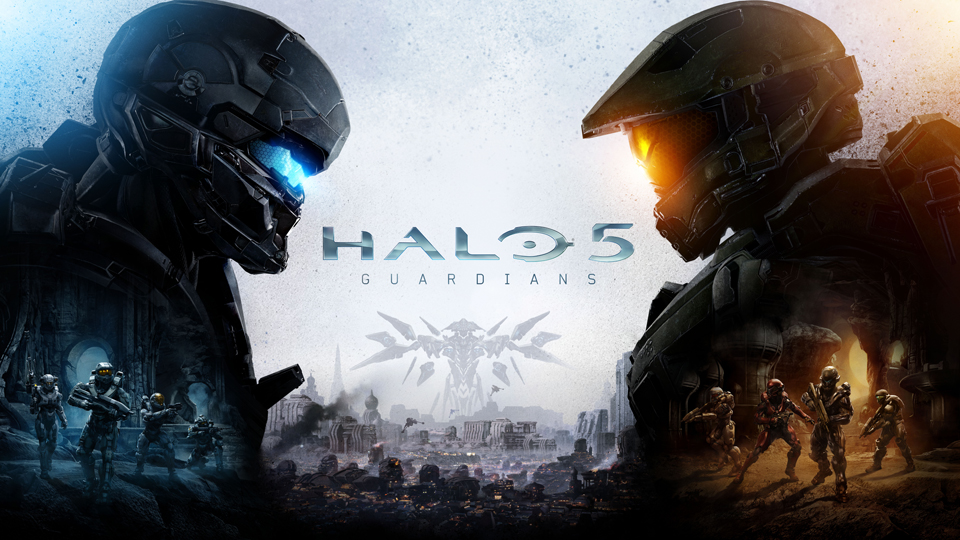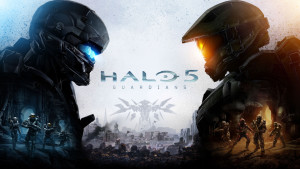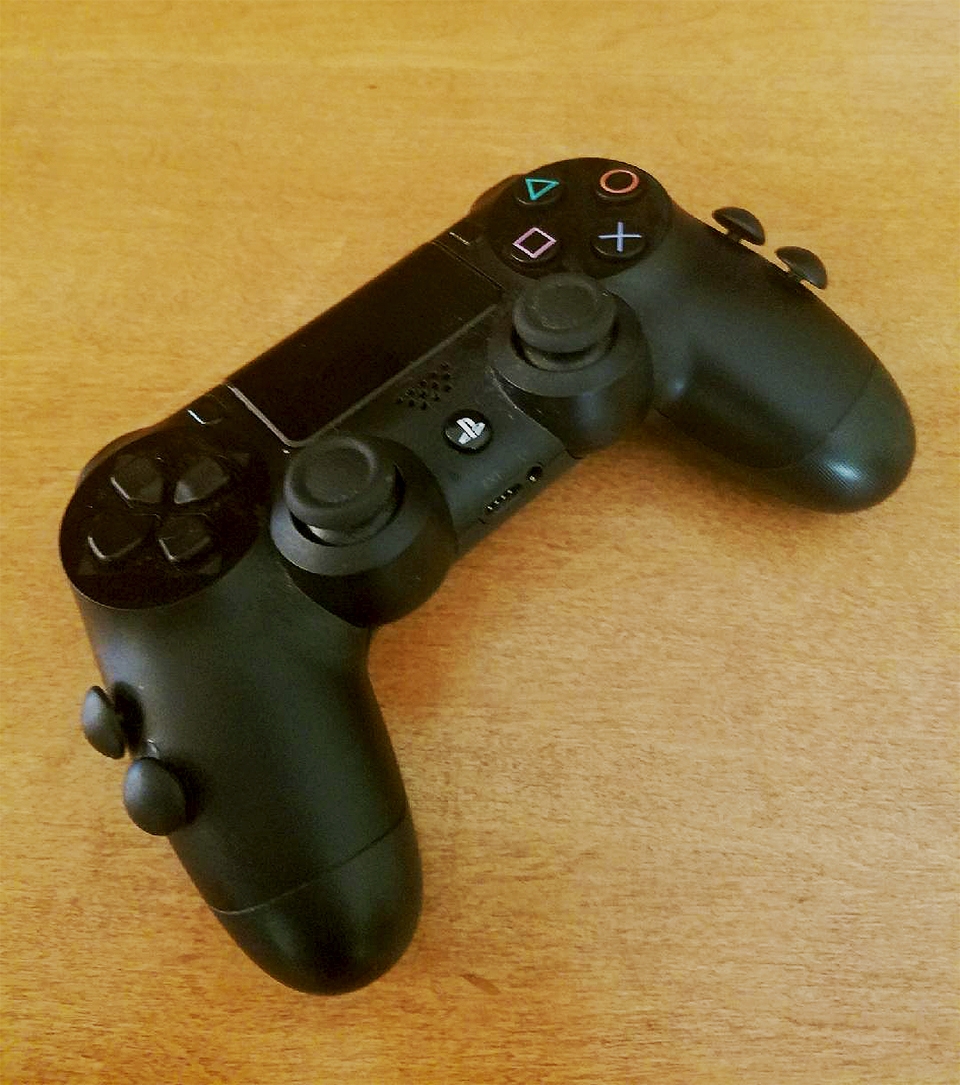
By Craig Taylor | The Duquesne Duke

The story mode of “Halo 5: The Guardians” features two separate protaganists, Master Chief and Locke, similar to “Halo 2’s” campaign.
Over a decade after the first “Halo” game, the once juggernaut first-person shooter franchise has since lost its weight in the industry. However, the latest installment, “Halo 5: Guardians” has attempted to shake up the traditional “Halo” formula in a way fans and recent critics of the series may find refreshing.
The result is a lackluster campaign, but with a revamped multiplayer that succeeds in feeling new while still respecting traditional series conventions.
The story is the second act of the “Reclaimer” trilogy that began with “Halo 4.” Master Chief has gone AWOL, while Spartan Locke and his fireteam Osiris are sent to bring Chief back on a journey spanning the Halo galaxy. From the human mining colony of Meridian to the Elite homeworld of Sanghelios, the game switches back-and-forth between the perspective of Locke and Master Chief, with the Locke portions being more plentiful.
Long-time fans of the series might have qualms with controlling a new Spartan, but Locke fills in the leading role adequately; that is, as a protagonist without much to say or a personality. Locke, along with the other Spartans in the game, have little to no discernible character traits, which makes the inter-squad dialogue meaningless and sometimes painful to listen to.
The narrative itself, while promised to be “the most dramatic Halo story to date,” ends up being just as spacey and nonsensical as the previous “Halo 4.” 343 Industries had an opportunity to make the story grounded and focused on Locke’s hunt for Chief; instead the game takes a turn near the middle that will leave casual fans who don’t keep up with the expanded “Halo” universe scratching their heads.
There’s also way too much Spartan action shoved in players’ faces. The word “Spartan” is used ad nauseum, and there are so many flashy combat sequences, it becomes comically over-the-top. We get it, Spartans are cool.
However, along with the shifted focus on ostentatious Spartan action comes some new abilities that players can take advantage of. These new options change the dynamics of “Halo 5’s” multiplayer and work to make players feel more like a powerful super soldier. New maneuvers such as the clamber, ground pound and shoulder charge encourage mobility and are just awesome to execute.
“Halo 5’s” multiplayer is the biggest departure from previous titles in the series’ history. It’s split into two sections: Arena and Warzone. Arena contains the traditional versus “Halo” faire, like Slayer and Capture the Flag, with small improvements. There’s also a new mode, Breakout, which is an incredibly fun and intense sudden-death round-based game mode, similar to “Call of Duty’s” Search and Destroy. Those sick of traditional Slayer will find gathering a core squad of friends to play Breakout to be an exhilarating change of pace.
The other half of multiplayer, Warzone, is “Halo 5’s” marquee mode. Put simply, it’s a marriage of Big Team “Halo” multiplayer with enemy AI from campaign, fought with any weapon or vehicle from “Halo 5’s” catalogue. It’s incredibly ambitious, and plays great in practice. There’s something in it for every kind of “Halo” player; whether one prefers to go head-to-head with other people and capture bases, or would rather hunt a computer-controlled boss to score big points for their team, there’s a way for every kind of player to contribute.
Along with Warzone comes the REQ pack system, a microtransaction-based way to receive the firepower you bring into Warzone. Those wary of the mode being “pay to win” should know that players must earn the ability to call in these increasingly powerful REQ cards by completing objectives and garnering points for their team. The REQ system is well-balanced, where paying extra for packs is not necessary, but those who do choose to spend the extra money will get something worthwhile.
“Halo 5” is a breath of fresh air in a series that has gone stale. While the campaign may be nothing new, the multiplayer has been redesigned in a way that is meaningful and exciting. This entry might be just what “Halo” needed to retake its place in the limelight



